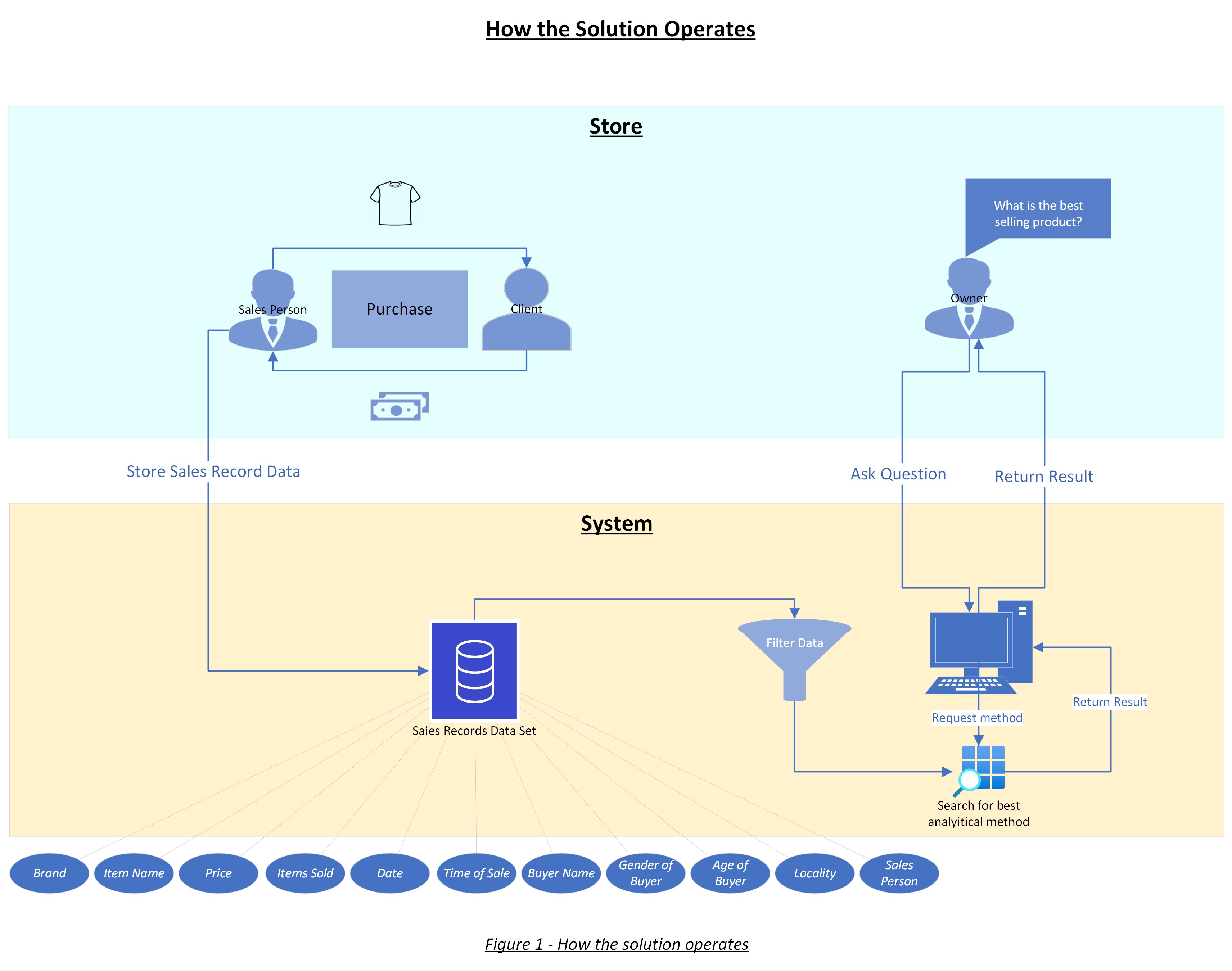In recent years, there has been a marked rise in the need for data analysis. This is partly due to the increased pervasiveness and adoption of the internet of things (IoT) and, consequently, the data it generates – contributing big data. Considerable leaps have been made regarding applications and organisations that can conduct data analysis, giving rise to the necessary scientific treatment of data. Profitability for businesses through the valorisation and usability of data is the primary reason for this increase in analytical work. However, in view of the amount of data generated, and the speed at which it is being generated, data analysis is a commodity that not every business can afford or has the resources to undertake effectively. In particular, small to medium-sized enterprises face significant challenges when investing in data analysis, due to high outsourcing costs.
This project discusses how a domain-specific language (DSL) could help small businesses benefit from investing in solutions using smart devices connected as an IoT, and the subsequent data analysis. This was done by implementing a cost-effective solution that would enable small to medium-sized businesses to better manage their data. This study seeks to propose a solution for retail outlets. The solution is made up of 3 parts:
1) An IoT data-collection structure where data collection will be occurring after each purchase transaction;
2) A customised DSL to assist the retail owner in analysing data without having to resort to outsourcing;
3) The use of data analysis through the analytical methods present in the system, i.e.,: descriptive analysis and predictive analysis, which employ machine learning techniques.
A visual representation of the solution described above could be seen in Figure 1. The solution is internally algorithmically scalable, in that it allows the possibility of adding more analytical methods. The ultimate benefit of the solution was shown through the analytical methods embodied within it. In using the proposed solution, the management of the retail outlet would be able to make better use of the generated data targeted at increasing sales and profits, for example: “Which product sells the most between 3pm and 4pm?”. The solution will search for the best method to address that query. This is done by utilising some basic natural-language processing (NLP) on the input.
In part, the artefact was evaluated through its ability to validly handle different datasets. To evaluate the ability of the solution to deal with various datasets, those used to test the system were randomly generated from different years and related to various retail outlets, namely: electronics shops and supermarkets.
When compared to similar market products, the proposed solution appears to be more robust and compares well with its peers in terms of accuracy, subject to the number and type of analytical methods used in this scalable solution. In time, accumulated data could render the outcome from the solution more relevant. In other words, the more the solution is used in a specific context, the higher the accuracy it will exhibit.

References/Bibliography
N. Jones and C. Graham, “Can the IoT Help Small Businesses?”, Bulletin of Science, Technology & Society, vol. 38, no. 1-2, pp. 3-12, 2018. Available: 10.1177/0270467620902365.
“(PDF) Building Competitive Advantage in Retail Industry using Internet of Things (IoT)”, ResearchGate, 2021. [Online]. Available: https://www.researchgate.net/publication/320237967_Building_Competitive_Advantage_in_Retail_Industry_using_Internet_of_Things_IoT. [Accessed: 12- May- 2021].
Z. Zones, “Editorial Note: IoT Technology for Promoting Multimedia Services”, Multimedia Tools and Applications, vol. 78, no. 5, pp. 5105-5105, 2019. Available: 10.1007/s11042-019-7266-4.
Course: B.Sc. IT (Hons.) Software Development
Supervisor: Prof. Ernest Cachia
